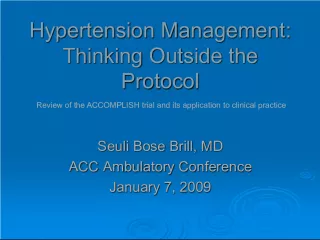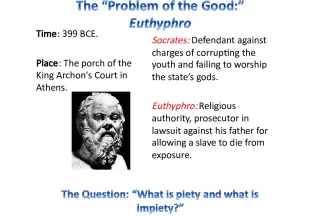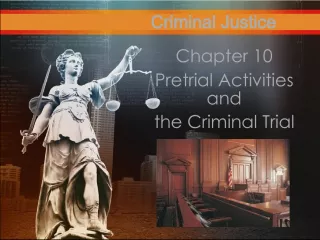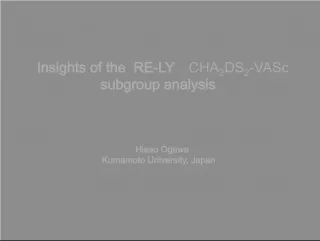The Infamous Trial of Nicola Sacco and Bartolomeo Vanzetti
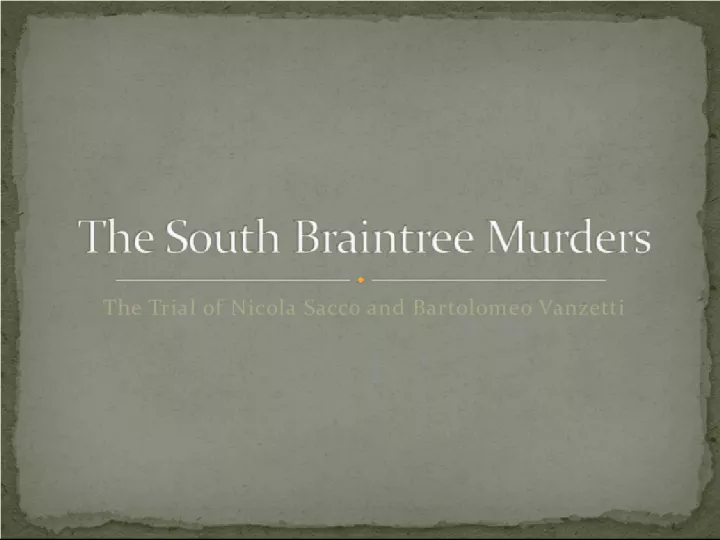

On April 15, 1920, a paymaster and his guard were ambushed while carrying a factory payroll in South Braintree, Massachusetts
- Uploaded on | 1 Views
-
 willemien
willemien
About The Infamous Trial of Nicola Sacco and Bartolomeo Vanzetti
PowerPoint presentation about 'The Infamous Trial of Nicola Sacco and Bartolomeo Vanzetti'. This presentation describes the topic on On April 15, 1920, a paymaster and his guard were ambushed while carrying a factory payroll in South Braintree, Massachusetts. The key topics included in this slideshow are . Download this presentation absolutely free.
Presentation Transcript
Slide1The Trial of Nicola Sacco and Bartolomeo Vanzetti
Slide2Nicola Sacco Bartolomeo Vanzetti Judge Webster Thayer
Slide3At 3:00 P.M. on April 15,1920, a paymaster and his guard were carrying a factory payroll of $15,776 through the main street of South Braintree, Massachusetts, a small industrial town south of Boston. Two gunmen fired on the guards and snatched up the cash boxes dropped by the mortally wounded pair and jumped into a waiting automobile. The bandit gang, numbering four or five in all, sped away, eluding their pursuers. At first this brutal murder and robbery, not uncommon in post-World War I America, aroused only local interest.
Slide4Three weeks later, on the evening of May 5, 1920, two Italians, Nicola Sacco and Bartolomeo Vanzetti, fell into a police trap that had been set for a suspect in the Braintree crime. Although originally not under suspicion, both men were carrying guns at the time of their arrest and when questioned by the authorities they lied. As a result they were held and eventually indicted for the South Braintree crimes. Vanzetti was also charged with an earlier holdup attempt that had taken place on December 24, 1919, in the nearby town of Bridgewater. These events were to mark the beginning of twentieth-century America's most notorious political trial.
Slide6Type: Eyewitness IdentificationProsecution’s Evidence: Seven eyewitnesses placed Sacco in or near Braintree around the time of crime. A few other witnesses testified that Sacco resembled one of the bandits, but declined to make a positive identification.
Slide7Type: Eyewitness IdentificationDefense Response: None of the seven eyewitnesses were consistently certain of his or her identification. Several told a defense investigator that they could not make an identification. None of the witnesses identified Sacco until well after his arrest. The witnesses were not required to pick Sacco out a line-up. Several of the closest witnesses to the crime were not able to identify Sacco.
Slide8Type: Ballistics EvidenceProsecutors’ Evidence: Ballistics expert Proctor testified that "Bullet 3" was consistent with being fired through [Sacco's] pistol." Expert Van Amburgh noted a scratch on Bullet 3 likely made by a defect in the rifling of Sacco's pistol.
Slide9Type: Ballistics EvidenceDefense Response: Two defense experts testified that "Bullet 3" could not have been fired from Sacco's Colt One of the recovered bullets could not have been fired from Sacco's Colt automatic. It clearly was fired from someone's Colt.
Slide10Type: Evidence Relating to CapProsecution’s Evidence: A cap with a hole in it picked up at the crime scene resembled one owned by Sacco. The hole might have been produced by a nail at Sacco's workplace on which he was in the habit of hanging his cap. One witness testified that the cap resembled in color and style a cap owned by Sacco
Slide11Type: Evidence Relating to CapDefense Response: Sacco denied ever owning the cap, or any cap with earlaps. Sacco tried on the cap before the jury and claimed that it did not fit (the prosecutor claimed that it did). It is not known for sure that the cap found at the scene belonged to one of the murderers, or to one of the crowd who gathered soon after the crime.
Slide12Type: Absence from WorkProsecutor’s Evidence: Sacco was absent from his job at the 3-K shoe factory on the day of the crime. The consulate clerk in Boston, who Sacco said he visited, could not remember him (although this is not surprising, since the clerk sees several hundred persons per day.)
Slide13Type: Absence from WorkDefense Response: Sacco claimed to have been in Boston trying to get a passport from the Italian consulate on the day of the crime. After visiting the consulate, he said, he ate at Boni's Restaurant in Boston. Seven witnesses testified that they saw Sacco at the restaurant
Slide14Type: Actions and Falsehoods SuggestingConsciousness of Guilt Prosecutor’s Evidence : After his arrest, Sacco told lies about his recent whereabouts, and denied holding anarchist or radical beliefs. His explanation for carrying a gun at the time of his arrest was implausible. The prosecution suggested that these lies showed consciousness of guilt
Slide15Type: Actions and Falsehoods SuggestingConsciousness of Guilt Defense Response : Sacco testified that his lies during his initial police interview were because he feared that if he told the truth about his radical beliefs or admitted knowing radical friends, he would likely be deported.
Slide16Type: Eyewitness IdentificationProsecutor’s Evidence: Four witnesses placed Vanzetti near the crime scene.
Slide17Type: Eyewitness IdentificationDefense Response: No one claimed to have seen Vanzetti during the actual shooting. A defense witness testifed that it would be hard to identify the man he had seen driving the car. Another witness testified they saw no one, while a third witness said the driver was light-haired (Vanzetti is dark- haired). Vanzetti testified that he was selling fish in Plymouth (25 miles from Braintree) at the time of the crime. Six witnesses testify that they saw Vanzetti in Plymouth near the time of the crime
Slide18Type: Evidence Concerning Vanzetti’s GunProsecutor’s Evidence: The gun found on Vanzetti at the time of his arrest resembled one that paymaster guard Berardelli was thought to be carrying at the time he was shot. Vanzetti's gun had a repaired hammer, and there was evidence presented that Berardelli's revolver also had a repaired hammer. At the time of his arrest, Vanzetti said he bought the gun at a store (but could not remember which one) and he lied about how much he paid for the gun and where the bullets came from.
Slide19Type: Evidence Concerning Vanzetti’s GunDefense Response: Vanzetti testified that he bought the gun from a friend (Falzini) a few months before his arrest. He said he bought it because he received cash from his fish peddling business and was concerned about recent hold-ups. Falzini testified that he sold the gun to Vanzetti.
Slide20Type: Actions and Falsehoods SuggestingConsciousness of Guilt Prosecutor’s Evidence: Vanzetti lied about his guns, the whereabouts of his friends, and his reason for being in Bridgewater on May 5. Vanzetti's explanation for being in Bridgewater at the time of his arrest was weak. Vanzetti probably went to Bridgewater to get Boda's car (the Overland) to commit another robbery.
Slide21type: actions and falsehoods suggesting consciousness ofGuilt Defense Response: Vanzetti testified that he told some lies when initially questioned because the country was in the grip of the Red Scare, and he feared for his own safety and that of his anarchist comrades. Vanzetti stuck with his original story about why he was in Bridgewater: he testified that he had gone there to collect anarchist literature, but could not name the names or addresses of people or places he would be collecting the literature from.
Slide25Slater and Morrill Shoe Company
Slide26Paymaster Frederick Parmenter Guard Alessandro Berardelli
